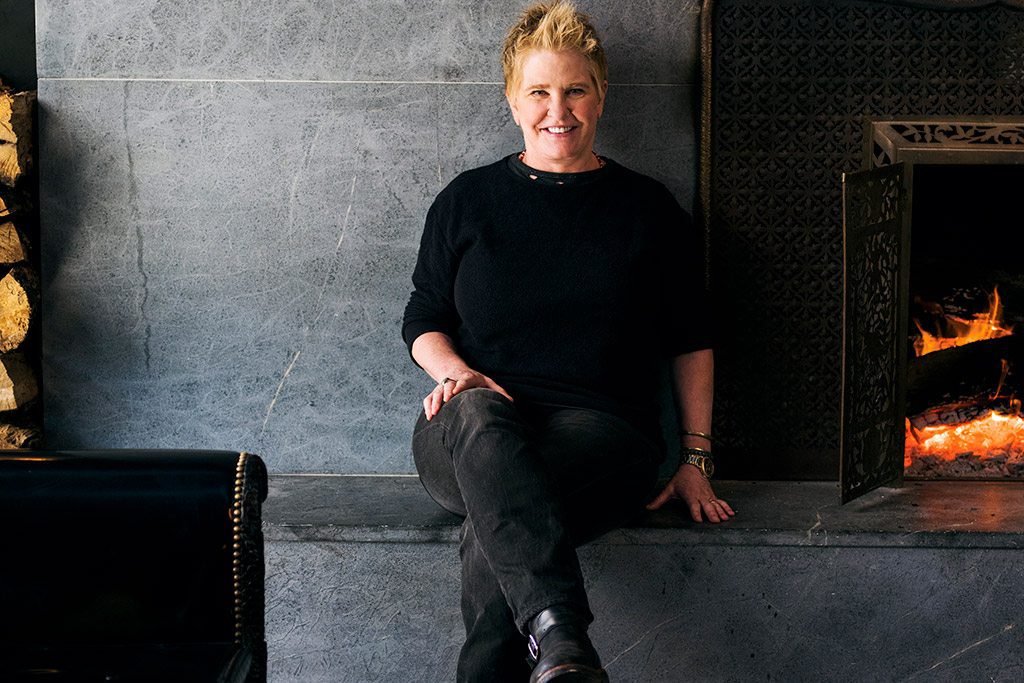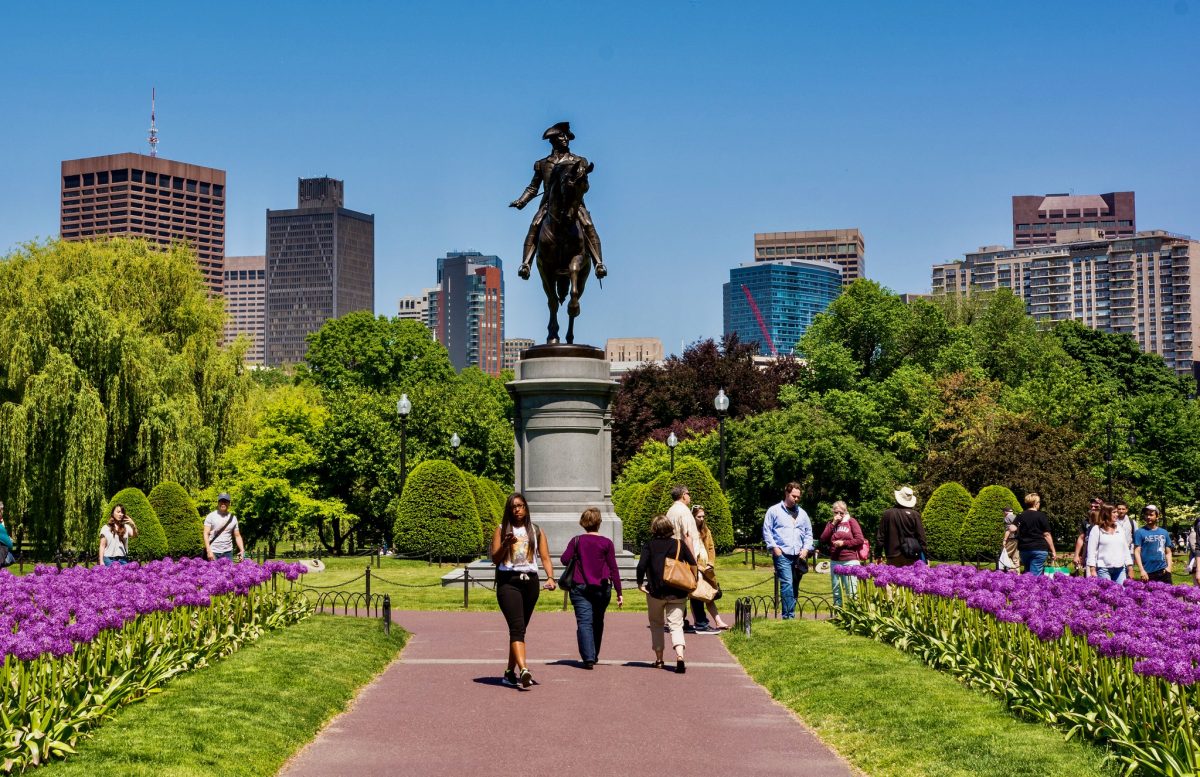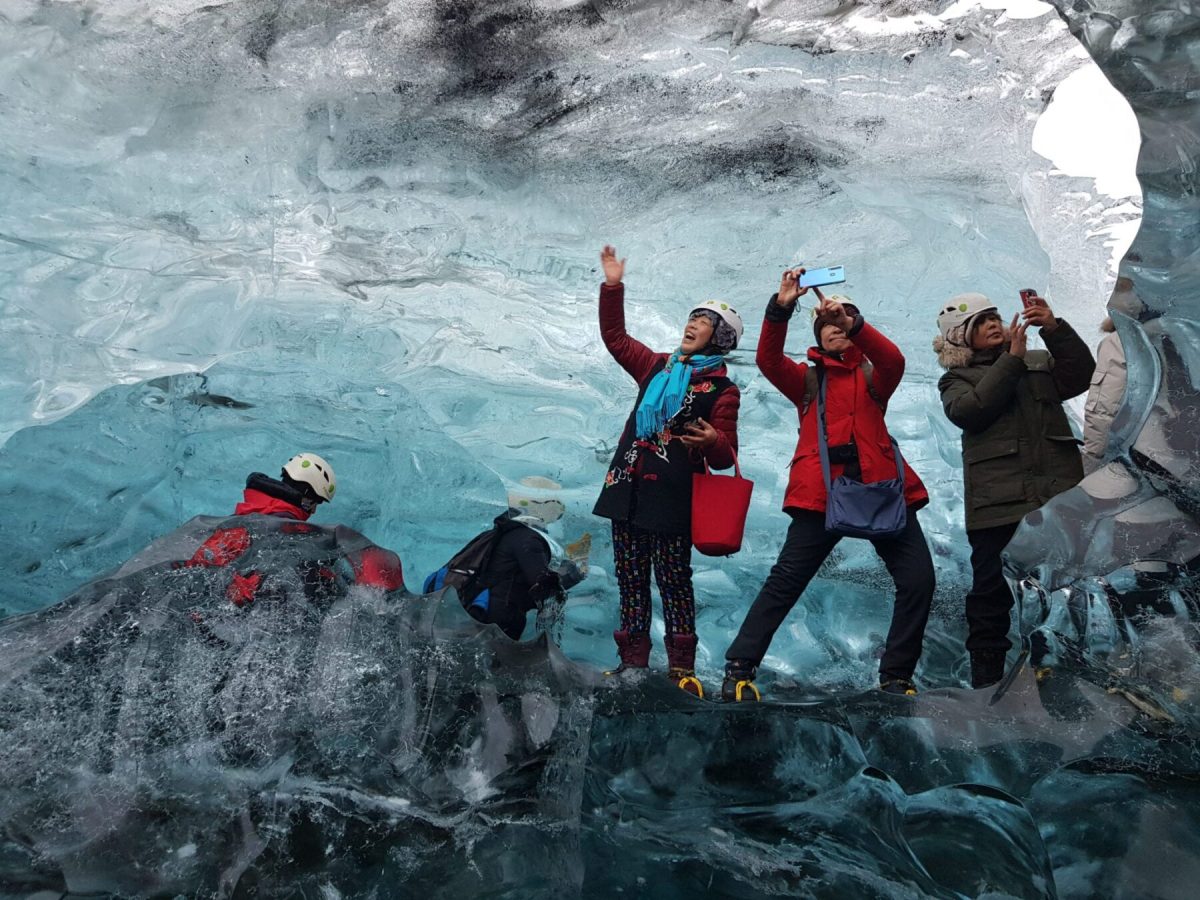Interview: Bunkhouse's Liz Lambert on Going Local With Hospitality Outsiders

Skift Take
When canvasing interesting hoteliers and hospitality figures for who they look up to in the industry, one name is a recurring fixture: Liz Lambert, the chief operating officer of the Bunkhouse Group.
Raised in West Texas and educated in Austin, Lambert pivoted an early career in law at the District Attorney’s office in Manhattan into a varied and vivid career in hospitality. She has launched extremely thoughtful boutique properties along the entire range of price points, from the Austin Motel to the Hotel San Jose and the higher-end, discrete rock and roll hideout, the Hotel Saint Cecila.
Recently, she’s expanded her vision outside of Austin and Texas into a new property in Todos Santos, Mexico, an hour north (but a world away) from Cabo San Lucas, Mexico, and is in the process of a significant edit of a classic rock and roll hotel, the Phoenix Hotel, in San Francisco.
Liz Lambert, COO of the Bunkhouse Group, is speaking at Skift Global Forum 2017. Get Tickets Now
Skift caught up with the hotelier and queried her on her thoughts on hiring, what constitutes her approach to hospitality, and the importance of community when launching a development. The interview has been lightly edited for clarity.
Skift: Can you describe your start in hospitality?
Liz Lambert: When I bought the San José, I wasn’t able to raise the money to do the renovation right away and ended up running it for awhile as the residential hotel it was when I bought it – it was a pay-by-the-week home for folks who had fallen on hard times in one way or another. I saw a lot of things and learned a lot during those years. I was working the front desk, doing housekeeping shifts sometimes, and becoming intimately connected to the lives of the people who were living there.
I think those years are obviously some of the most formative in terms of my understanding of what it means to be a host, and what it means to provide shelter. I certainly learned how to perfect hospital corners during those years.
Skift: You’ve since built several cult properties, each with a different feel but with an incredible approach to service. How do you hire?
Lambert: When I first started, it was really important to me that we hire people with no hospitality experience. I wanted our employees to be able to think unconventionally, to work without a preconceived notion of service, and to bring their genuine personalities to the job. We look for people who have other things going on in their lives outside of work that they are passionate about. You can teach someone customer service but you can’t teach them how to be interesting, engaging human beings. We don’t have concierges, but we do have staff who are really excited to tell you about their favorite show happening in town that night. This is such an important part of who we are as a company. As we’ve evolved, we’ve hired a few people with hotel experience to broaden our overall expertise — but just a few.
Skift: You’re entering the San Francisco market, which is not known for great hotels. What attracted you to the Phoenix?
Lambert: The Phoenix was my mentor Chip Conley’s first hotel ever. His origins in the industry were similar to mine – we came from outside of the hotel world and wanted to create something different. His first guests were down-on-their-luck folks as well; it was the Tenderloin in the 80’s, if you can imagine.
At the same time, the Phoenix has always been a beloved rest stop for touring bands, because it has a parking lot that can hold a tour bus and the hotel is in the epicenter of some of the city’s most important live music venues. So it became this sort of legendary place over the years, where the grittiness of the Tenderloin became the backdrop for the rock and roll scene traveling through town. There were a lot of crazy memories born there. When Kurt Cobain died, he had a note in his pocket on Phoenix Hotel stationary. He had written joke wedding vows to Courtney on it. Pretty amazing.
It’s weird that San Francisco doesn’t have more interesting hotels, given the amazing history and culture of the city. We’re going to do our part to carve out a little bit of soul there if we can.
Skift: How will you change or shape it?
Lambert: We’re going to edit the Phoenix and make it a bit more cohesive from a design standpoint, and pay homage to its cultural heyday in the late 80’s and early 90’s. We want to acknowledge its roots and elevate the legend that it is, but at the same time we need to manage guests’ expectations. It’s still a motel in the heart of the Tenderloin.
It is not a huge repositioning: a refresh of the rooms and courtyard, and a renovation of the lobby. We’re excited to add some cultural programming in the amazing little oasis of the courtyard to create more community there.
Skift: How are you viewing the state of modern hospitality and the opportunity for hotels?
Lambert: Technology is of course changing hotels dramatically, much like it has changed the music industry, retail, film and television, and transportation. In hotels, AirBnB has been the great technological disruptor. But a good hotel, a hotel that is part of a fabric of a place, is something that can’t be replaced. Every day, a different community is created in the lobby and common spaces of a hotel. There is a collective energy and excitement that can’t happen when you are renting someone’s apartment while they are out of town.
Skift: What is your design philosophy?
Lambert: My brother Lyndon always said, “Let people be the color in the room.” Lots of hotels really over-design: there's clutter and too much stuff everywhere. When you create a backdrop for things to happen, a kind of blank canvas for human experience then that’s where the magic is.
Skift: What is special about your Austin roots?
Lambert: Austin is changing. South Congress is changing. But for me Austin is the perfect amalgamation of things that haven’t changed. It’s a university town, a capital, the converging point for hippies and rednecks. It’s the home of the cosmic cowboy. It is the blue dot in the middle of a red state, a town built on an ancient underground aquifer, with a music-centric culture that has remained remarkably independent throughout its history. Austin has done really well at staying weird even as it changes and grows.
Skift: How did you approach Todos Santos in terms of community and culture?
Lambert: The hotel in Todos Santos was a new challenge for us since it isn’t our native culture. Building community is more than just paying lip service. It’s about spending a lot of time in a region, getting to understand it deeply. It’s about elevating those people and businesses in the community that are doing meaningful things, from the artists to the musicians to the ladies who run the fish taco stand, and finding ways to connect our guests to them. Our goal is to try to eliminate the gated walls and barriers between guests and the people who live there.
For example, we want our guests to be able to walk down to the beach and interact directly with the fishermen to buy their daily catch that we can prepare for them in the hotel restaurant. We want people to make those real connections to this magical place and the people who live here.
For Hotel San Cristobal, one of our biggest concerns was about the idea of bringing in staff from Cabo. Todos Santos didn’t have a big service industry to tap into. It’s a small town that hasn’t had a lot of tourism over the years. The service model in Cabo is generally very formal and rigid, and we didn’t want a bunch of people working at the hotel who were from out of town and unfamiliar with Todos Santos. And more than anything, we wanted to create opportunity and jobs among the local community.
Skift: How did you approach staffing the hotel?
Lambert: Because so few people in the community had customer service experience, and because we didn’t want to bring in a bunch of staff from outside the community, we had to figure out how to build the talent within Todos Santos. We worked with an amazing organization called Saira Hospitality. They do pop-up training schools that focus on the deeper, intangible elements of hospitality. They don’t teach staff where to put the fancy fork on the table so much as they teach students how to connect genuinely with hotel guests. This isn’t something that is generally encouraged in other Mexican beachfront hotels.
One of my favorite things they do at the school is to expose students to the kinds of vacation experiences that guests are having. They do wine and culinary tastings, take students out on adventure trips etc. This allows future staff to really understand what a vacation here feels like from the guest’s perspective, which is so awesome and really translates to a more engaging relationship between staff and guests.
Another thing I love is that is that we opened the school up to anyone in the community, not just those who wanted to work for us. We received over 100 applications and were able to accept 48 students. Of those, about 40 percent ended up getting jobs at our hotel while the other 60 percent are working elsewhere in town or have businesses of their own. In the end, over 98 percent of Hotel San Cristobal’s staff are locals. We’re really proud of that.
Skift: What are you inspired by in hospitality today? What are trends you see?
Lambert: I’m inspired by the ways really good hotels continue to reinvent themselves and create culture and meaning through programming. Little things like the music playing and the retail that’s being sold have such a strong ability to tell the story of a place and to make people leave with a sense of having been somewhere. We’ve got everything from 80’s-style water aerobics in the pool at the Austin Motel to an annual pet parade in the parking lot at the San Jose and way more.
I’m amazed what the teams at each of the properties come up with to continue to grow and build on the spirit of each of the hotels. It’s incredible to watch how the culture that our staff comes up with continues to build the identity of each of these places. It really does take a village, and I’m lucky that the Bunkhouse, village is as amazing as it is. I think this is the trend that most hospitality companies are trying to figure out. How to create real experiences. There’s no playbook for it. It’s really about the creativity and shared passion of the group doing the work.





